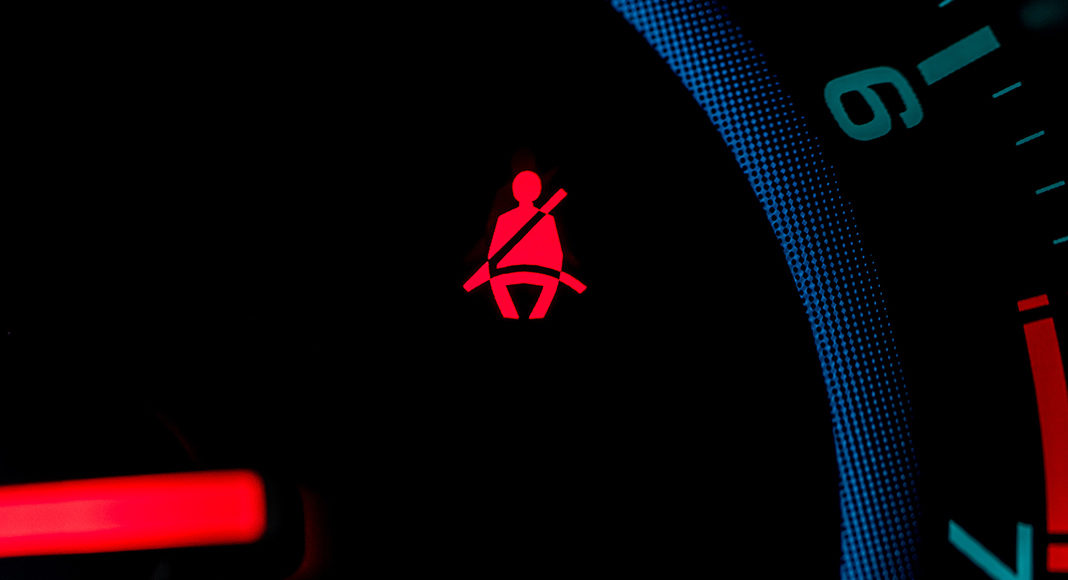Vehicles should be fitted with a visual display that alerts a driver when passengers in rear seats are not wearing seat belts, according to the Insurance Institute for Highway Safety (IIHS) and Highway Loss Data Institute (HDLI).
The requirement was called for in a recent regulatory comment, following a request by the National Highway Traffic Safety Administration (NHTSA) in advance of a possible update to vehicle safety standards.
David Kidd, HLDI senior research scientist, wrote in his comment that detecting unbelted passengers in the back can be complicated. Without a complex detection system, a toddler properly secured in a child seat could trigger a false alarm, for example, making an audible alert impractical for now. Kidd said that a display-based system would allow drivers to remind passengers to buckle up, while minimizing the aggravation caused by false warnings.
NHTSA should also update its standards for safety belt reminders in the front of the vehicle, Kidd wrote.
The current standard applies only to the driverâs seat. It requires a 4-8-second continuous or intermittent warning sound and a continuous or flashing warning light or text alert that lasts at least 60 seconds. Both warnings must be triggered when the ignition is switched on and the driverâs lap belt is not in use.
IIHS research shows that audible warnings that last at least 90 seconds increase the seat belt use of drivers who do not routinely use a seat belt by more than a third (see âBelt reminders can be just as effective as interlocks,â April 25, 2019). Implementing such warnings in the front seats could therefore save up to 1,489 lives each year.



















